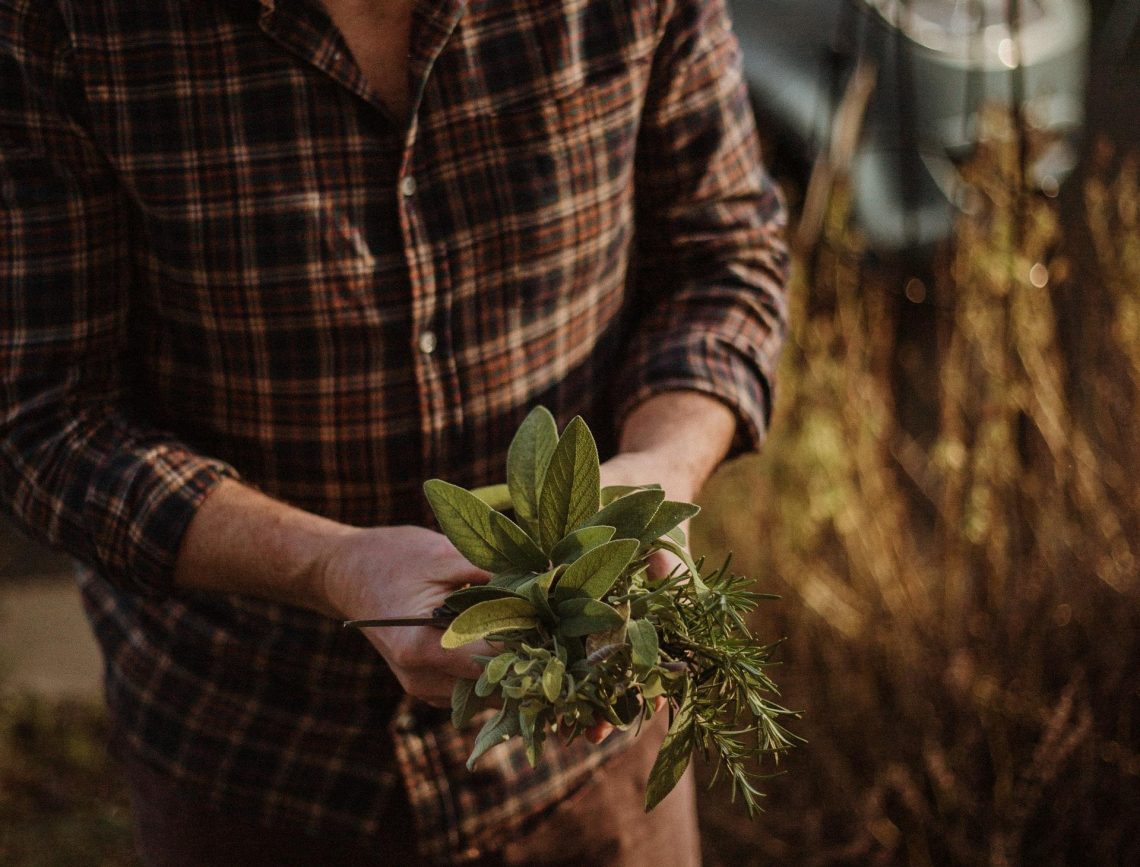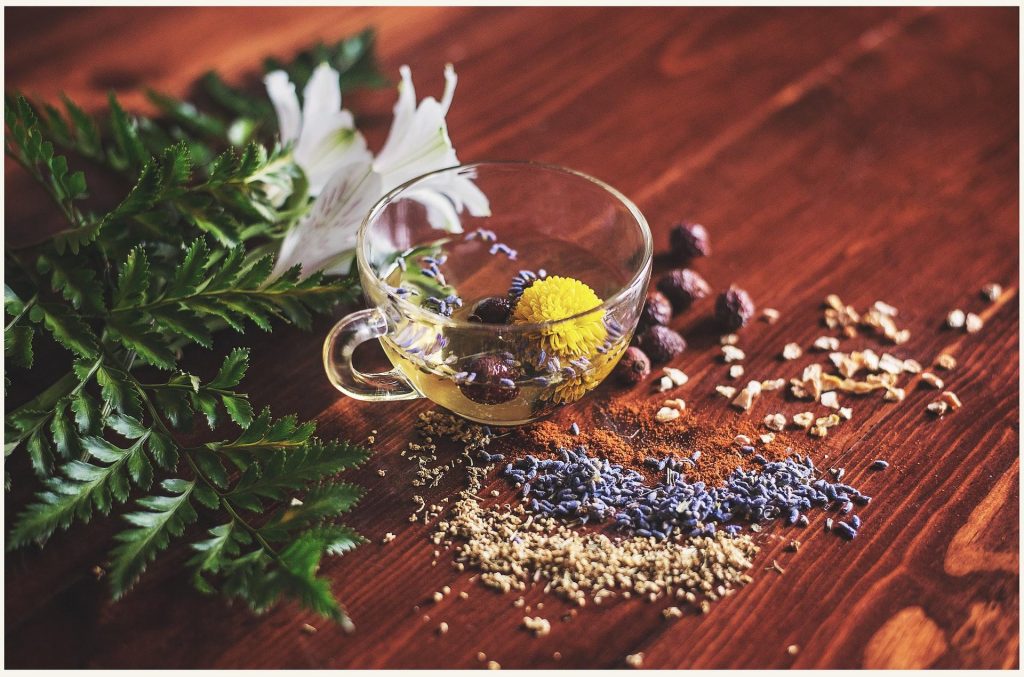
Different Type of Herbs That You Can Grow Yourself
Growing your own herbs is not only fun but also a great way to save money. If you are looking for an easy project to do with your kids, planting herbs is a great choice. So what type of herbs can you grow yourself?
There are many different herbs that you can grow yourself and each one has its own benefits. Basil, for example, helps with stress relief and boosting the immune system while thyme has been known to help relieve coughs and congestion due to colds or flu. The following article will outline which type of herbs you can grow yourself and how best to take care of them.
Basil
Basil is not only easy to grow but also very rewarding. This herb can be used in a variety of dishes such as pasta sauces, pesto, and salad dressing. To start your basil plant from seed, fill a 6-inch pot with soil and sprinkle ½ teaspoon of seeds over the surface. Then cover it with ¼ inch of soil and water the seeds with a spray bottle.
Once your basil seedlings have emerged, thin them to about 6 inches apart. In order to keep your plant bushy, make sure you pinch off any new growth at the top of the stems. Basil can survive in different types of soil although it performs best when it is kept moist and has full sunlight. You can harvest your basil plant both by watering the soil or pinching off a portion of it.
Dill
Dill is an herb that you probably rarely use in your cooking. But if you do, it is best to grow your own dill because it has a stronger taste than the dill you can buy at the store. Dill can be easily harvested by following the instructions here which you start by cutting off the top few inches of the plant when it reaches 8-10 inches tall. To start growing your dill plant from seed, place 4 seeds onto a ½ block of soil and cover with a ¼ inch of soil. Once the dill seedlings emerge, thin them to 2 inches apart and keep them watered and in full sunlight.
Thyme
Thyme is a great herb to grow both indoors and outdoors because it can withstand harsh weather conditions. The thyme plant has been known to help relieve coughs and congestion due to colds or flu. Also, the leaves from this herb can be used in soups, stews, seafood, salads, and meats.
To start your thyme plant from seed, fill a 6-inch pot with soil and sprinkle ½ teaspoon of seeds over the surface. Then cover it with ¼ inch of soil and water the seeds using a spray bottle. Once your thyme seedlings have emerged, thin them to about 10 inches apart. Like basil, you will need to pinch off any new growth at the top of the stems in order to keep your thyme plant bushy. Thyme can survive in different types of soil although it performs best when it is kept moist and has full sunlight. You can harvest your thyme plant both by watering the soil or pinching off a portion of it.
Cilantro
Cilantro is one of the most versatile herbs that you can grow yourself. The cilantro plant has been known to help lower anxiety and ease joint pain. It can also be used in soups, salads, seafood, vegetables, chutneys, marinades, cheeses, salsas, and many other dishes.
To start your cilantro plant from seed, fill a 6-inch pot with soil and sprinkle ½ teaspoon of seeds over the surface. Then cover it with ¼ inch of soil and water the seeds using a spray bottle. Once your cilantro seedlings have emerged, thin them to about 8 inches apart. This herb likes water but can get moldy if it gets too much of it so you will need to keep the soil moist but not soggy. Cilantro can survive in different types of soil although it performs best when it is kept moist and has full sunlight. You can harvest your cilantro plant both by watering the soil or pinching off a portion of it.
You can grow many different types of herbs such as sage, rosemary, and thyme at home for a fraction of the cost. Also, each herb has its own set of health benefits that can improve your day-to-day life.
Health Benefits:
Cilantro has been proven to help lower anxiety and ease joint pain. It is also great at relieving stomach pain, heartburn, migraines, insect stings, and even coughs and congestion.

Rosemary
Rosemary is a bushy herb and can grow up to three feet in height. It is best grown outside in zones seven through ten, however, it can be grown indoors in the winter months. Rosemary prefers to have sunlight six or more hours per day and well-drained soil.
Watering needs to be done often as rosemary can dry out quickly. Well-tended rosemary will last up to six years outside and one year inside. Rosemary is a good choice for those who want a ‘ready now’ herb, as it takes about three months from sowing the seeds before you will be able to harvest it. The flowers on rosemary begin as blue but change to pink with age.
If you are interested in starting an herb garden, this article provides some helpful tips on how to get started and which type of herbs grow best in certain climates. To find out more about growing your own herbs, you can do more research online.




